As the US Department of Defense shifts from the Middle East to similar conflicts in the Indo- Pacific , the concern that an adversary could shoot down an aircraft or blow up a supply ship is very real.
For years, drug traffickers used crudely designed semi-submersibles to smuggle contraband from South America into the United States. This practice was successful for many years until it was discovered by the Coast Guard and DEA in the early 2020s.

US Marines test unmanned semi-submersible vessels for logistics transport. Photo: AA Hardcore Military
This inspired the idea of using submarines to transport logistics for the US Navy. Since 2022, the US Marine Corps has called on Leidos Corporation to search for a separate type of unmanned surface vehicle (ALPV) that can transport tons of supplies without being detected.
“I think it’s a stretch to say that those narco subs inspired this concept, but that’s where the similarities lie,” Jeff Bowles, chief technical officer at Gibbs & Cox, a Leidos company, told Defense One.
“Narco subs are primitive and they are dangerous. They are not designed to be serious. But in principle, their mission is the same—to move a large amount of cargo with minimal chance of being detected by anyone else,” Bowles said.
Just nine months later, the 2nd Marine Expeditionary Unit was equipped with a prototype Sea Specter semi-submersible for testing as part of the service's Autonomous Low Profile Vehicle (ALPV) program.
At 20 metres long and able to dive below the surface by less than a metre, it is reminiscent of the autonomous semi-submersible boats used by drug cartels to cross the Atlantic in recent years.
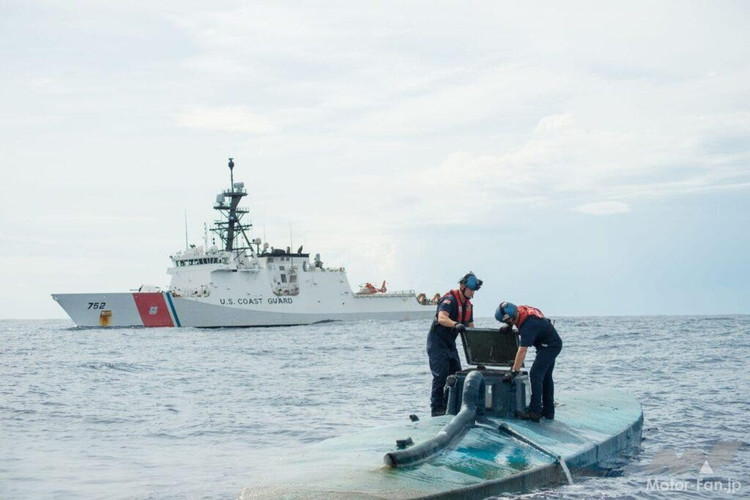
A semi-submersible drug-smuggling vessel intercepted by the US Coast Guard in 2020. Photo: US Coast Guard/Lanona Stone
"Because of the element of secrecy, the US Marine Corps cannot use a large, high-value target or a slow-moving or easily observable target to deliver supplies to troops because this could reveal their location," Bowles said.
The US Marine Corps is currently developing a training program to fight from Pacific islands, and building a fleet of logistics drones is part of this plan. These vehicles can provide logistics support to multiple islands at once.
While the ship was initially remotely controlled, the Marines requested an autonomous feature, accomplished through waypoints or route markers that the ship's sensors could search for until it reached its destination, Leidos said.
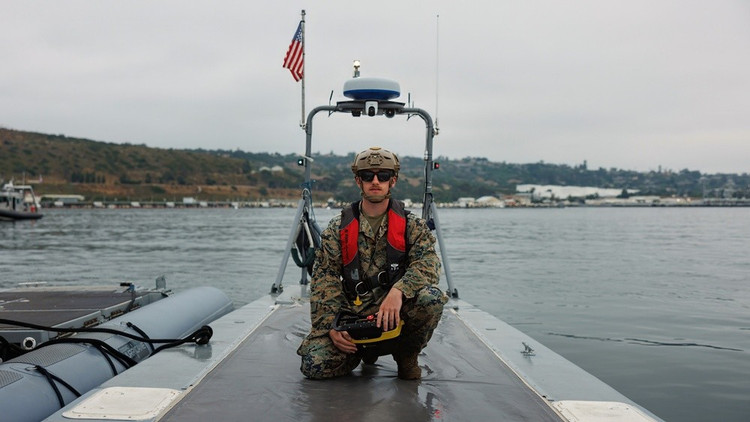
Marines operate semi-submersible logistics vessels during ALPV tests in the Sea of Japan by the US Marine Corps.
The US Marine Corps 7th Fleet currently has three Leidos-developed semi-submarines in service. The third is a second-generation version currently deployed in Japan.
With a sensor mounted 2.4 meters above the deck, the ALPV can see about 8 to 11 kilometers ahead and can carry 5 tons of cargo over a distance of 2,300 nautical miles, traveling at a speed of 8 knots per hour.
The straps inside the boat are designed to hold ammunition, food, fuel, water, or whatever else. For example, Guam to the Philippines is about 2,400 kilometers. Ideally, they would send a few dozen ALPVs loaded with equipment, so if they lost half of them, there would still be enough supplies to deliver.
With a different sensor package, they could also be used for communications purposes. “This thing can loiter over a designated area for a very long time. It can also form a barrier to detect intruders. You could line these up around an ocean area, detecting human traffickers, or anyone who might be trespassing on U.S. soil. These things have the endurance to float.”
Leidos Group is expecting more military interest as the new defense budget is passed, which includes more than $1 billion for small unmanned vehicles.
The Army and Special Operations Command have both reached out, but have not placed orders, said Bowles: “So we believe that customers will ask us to provide the ability to produce individual variants very quickly, from an operational test and evaluation perspective.”
Leidos is also exploring new materials for the Sea Spectre. Materials like fiberglass would be lightweight and corrosion-resistant, but metals like aluminum or steel are also options — although they add to the overall weight of the boat, meaning it would take more effort to transport.
Leidos now hopes the Corps will turn ALPV into a formal program by 2027.
Source: https://khoahocdoisong.vn/hai-quan-my-lay-y-tuong-tau-ngam-ma-tuy-vao-hau-can-post1553434.html


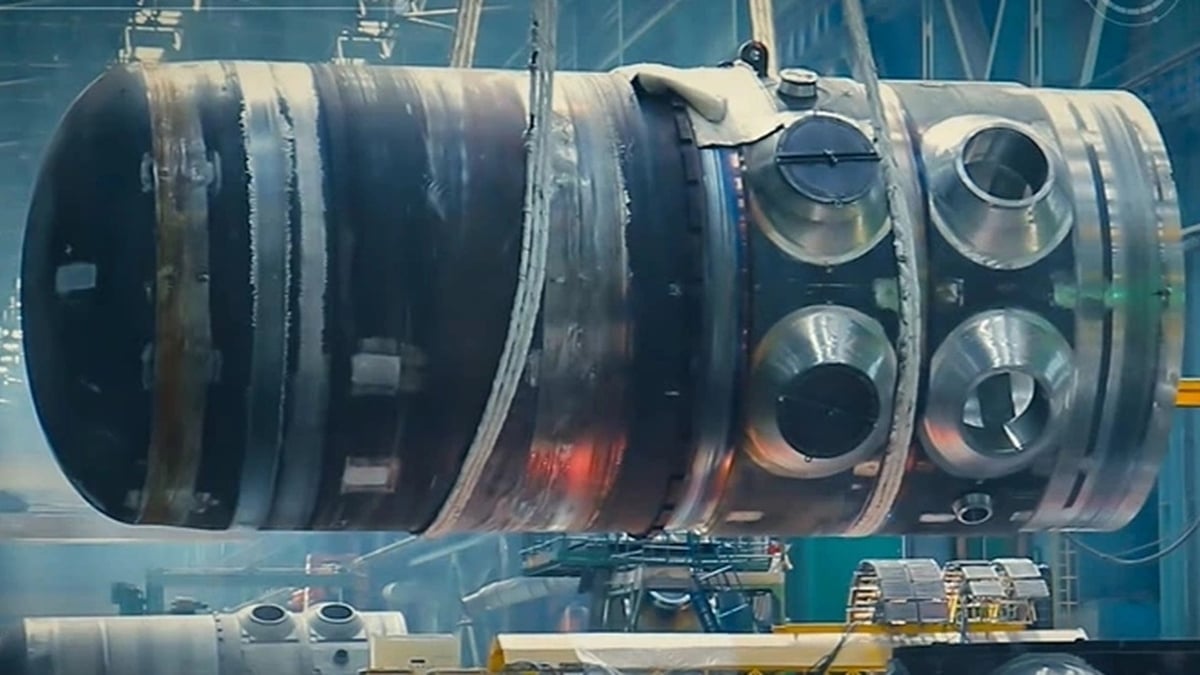
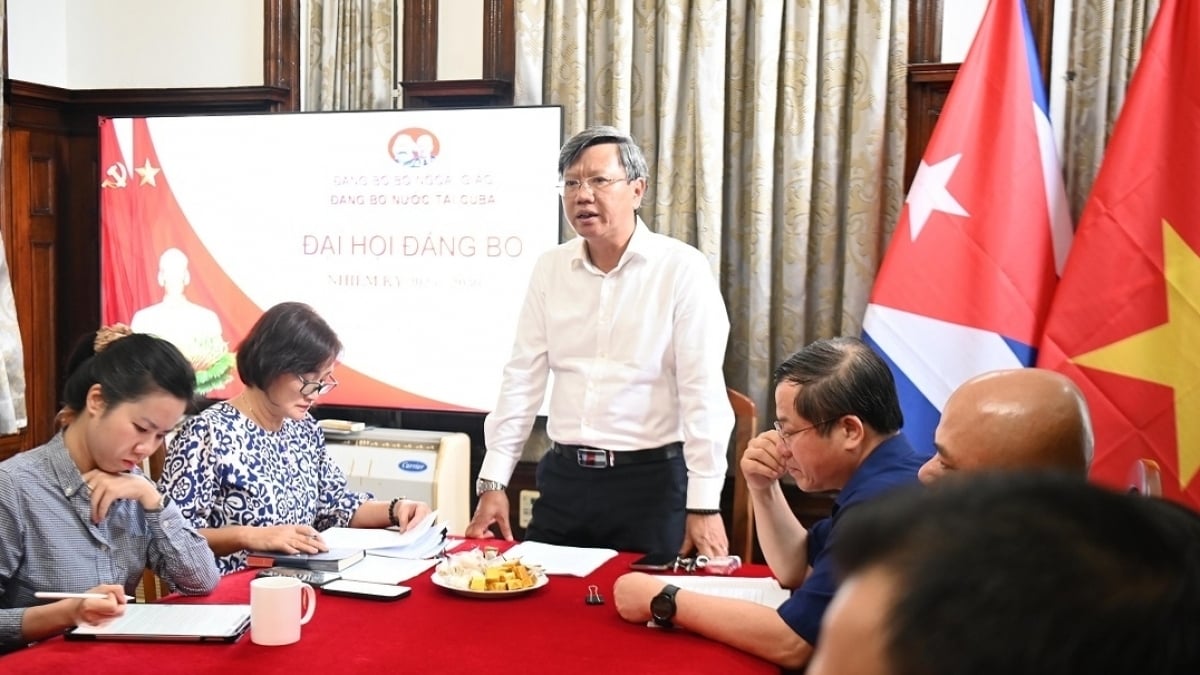
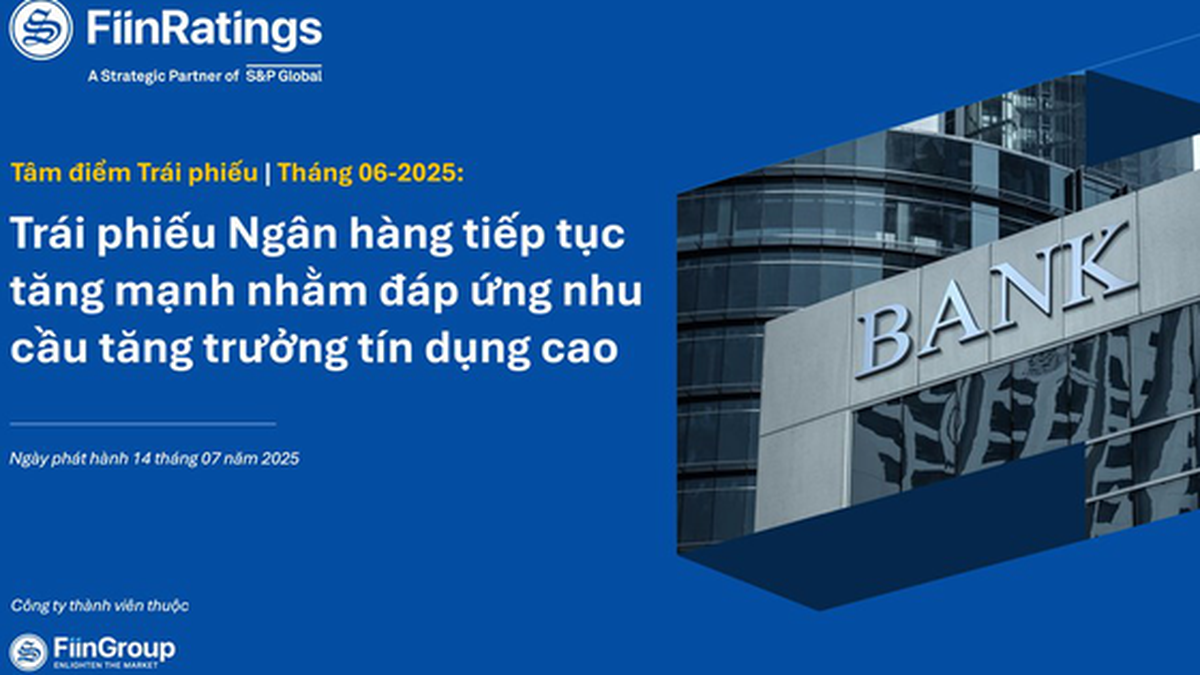
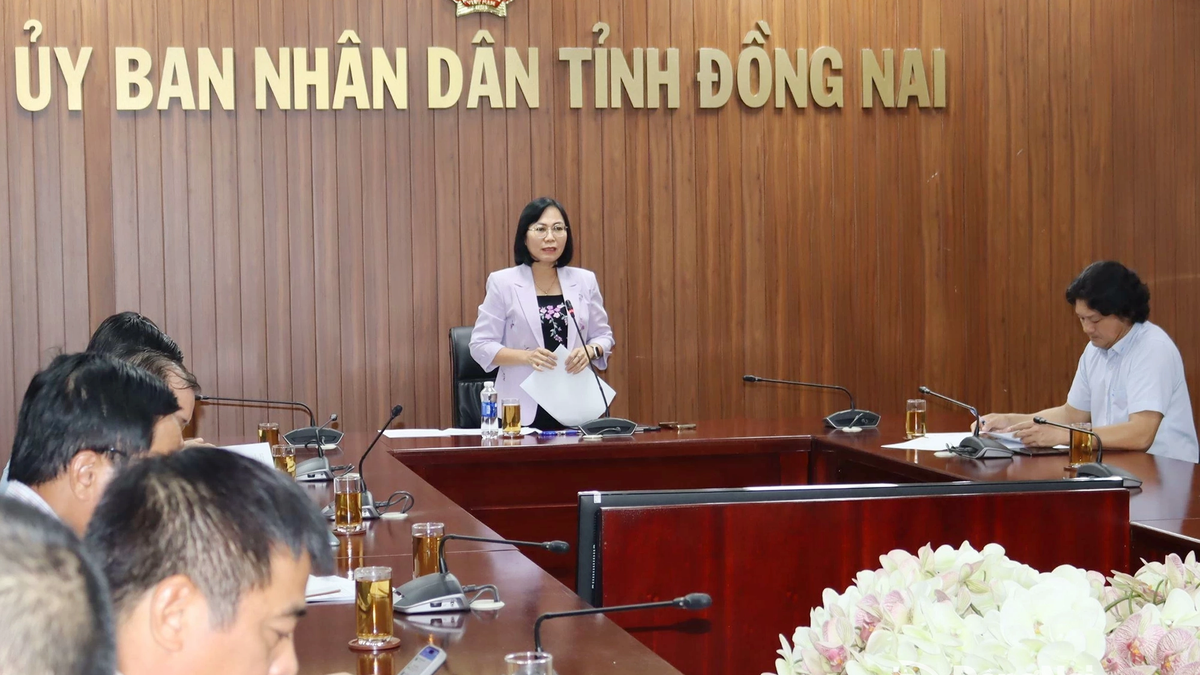
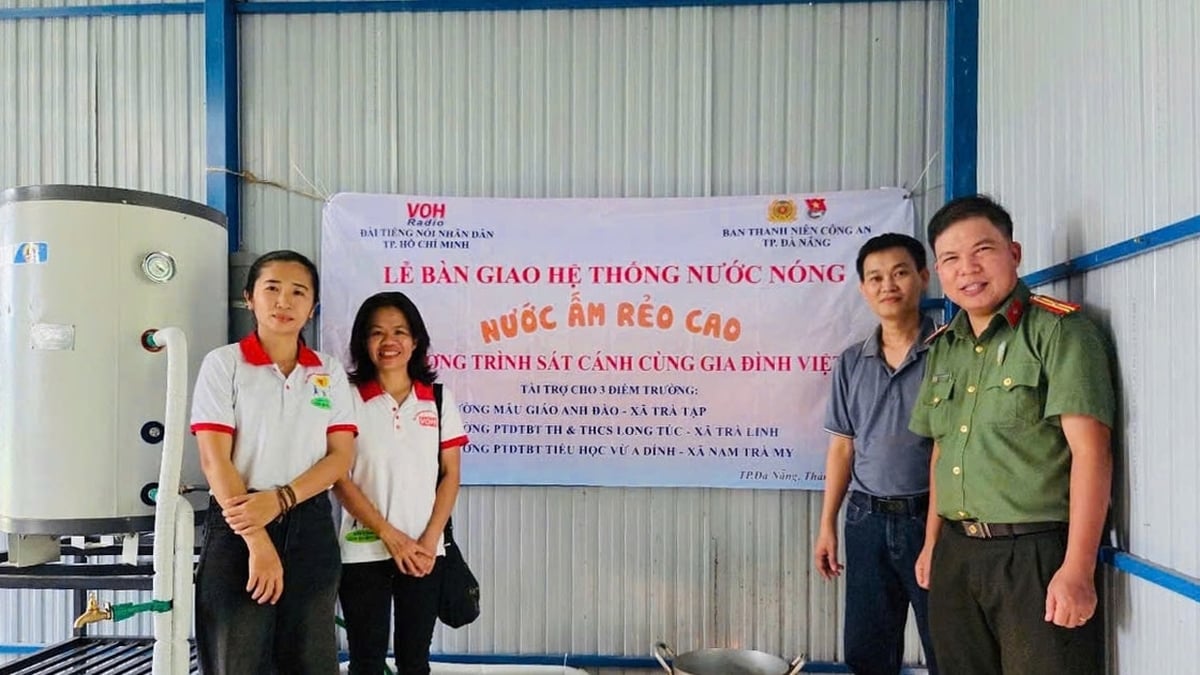
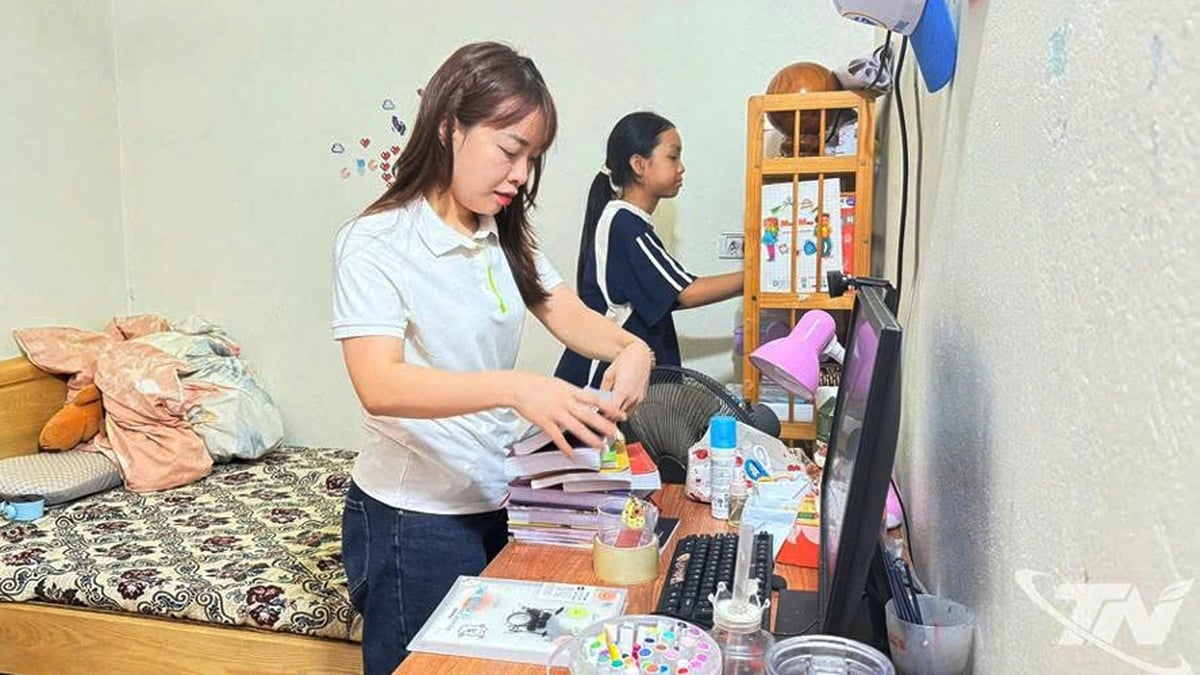

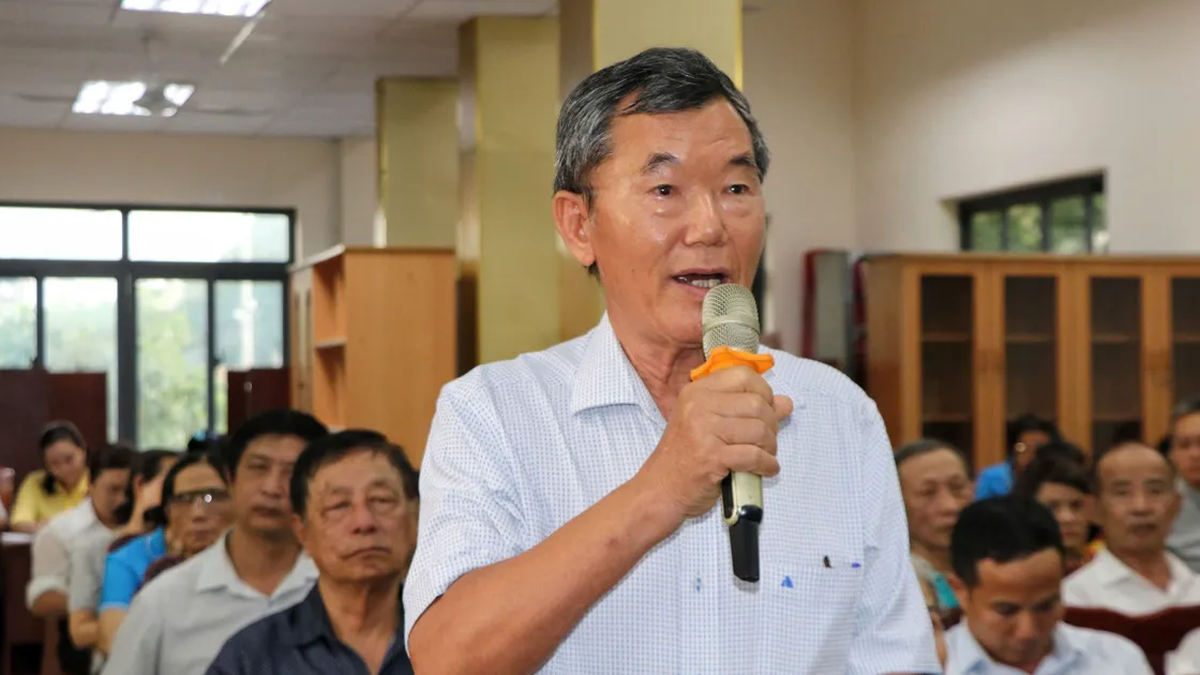









































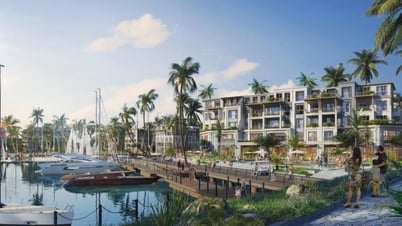
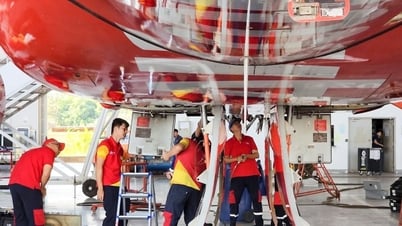








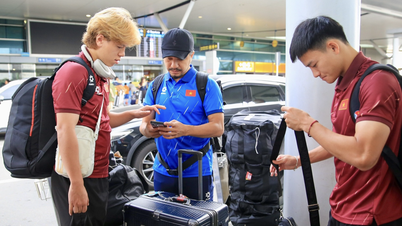


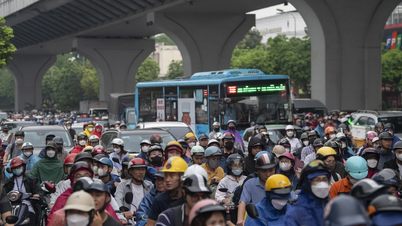

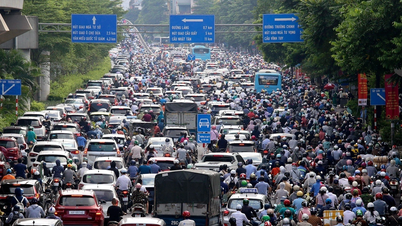



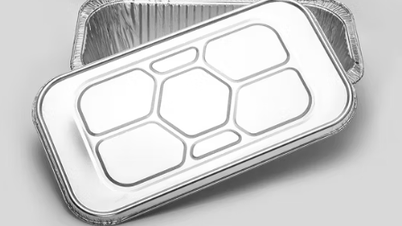

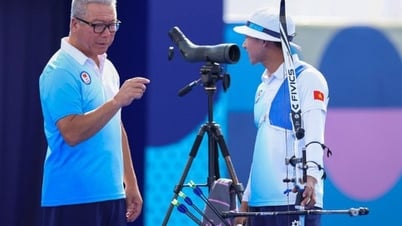


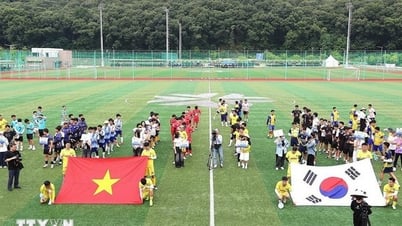

























Comment (0)